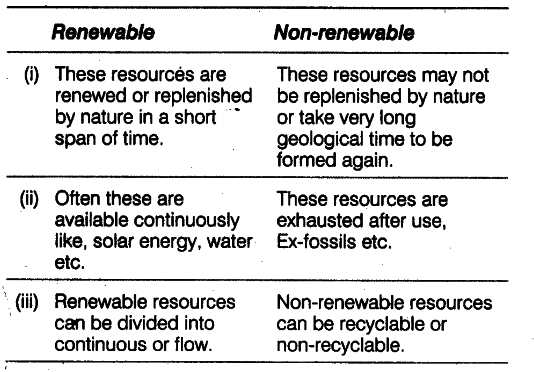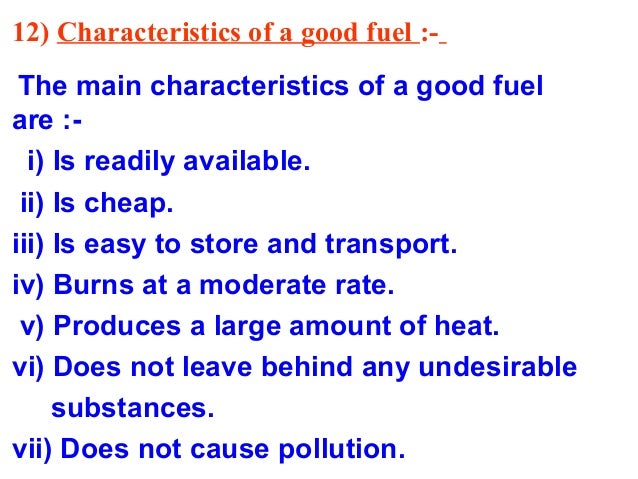Sources of Energy Blog 1
SOURCES OF ENERGY
Important Instructions:
(i) Keep your text book open for reference.
(iv) Home Assignment need to be done in your physics note book.
(v) Complete your index, put chapter name, date, Physics note book.
(vi) Important links are provided in the blog for better understanding.
Important Instructions:
(i) Keep your text book open for reference.
(iv) Home Assignment need to be done in your physics note book.
(v) Complete your index, put chapter name, date, Physics note book.
(vi) Important links are provided in the blog for better understanding.
Home Assignment to be done in the Physics copy
After this class, you will be able to:
- identify the parameters needed to classify a source as a good energy source.
- interpret the advantages of using fossil fuels, thermal power plants and hydro power as sources of energy
INTRODUCTION
- Energy is the ability to do work or the total power derived from our natural resources.
- The energy exists in many forms and can be converted from one form of energy into another.
- Energy is mainly derived from natural sources like the sun, oceans, fossil fuels, wind etc and is converted into electrical energy that we consume for our daily needs and benefits.
SOURCES OF ENERGY
- Sources can be classified as renewable / inexhaustible and nonrenewable / exhaustible sources of energy.

- Any source of energy that does not get depleted or gets exhausted is considered a good source of energy and are usually called as renewable.
Conventional sources of energy are the natural energy resources which are present in a limited quantity and are being used for a long time. They are called non-renewable sources as once they are depleted, they cannot be generated at the speed which can sustain its consumption rate.

Fossil fuels
- Fossil fuels are formed due to compression of dead organic matter over millions of years, buried deep under the earth. Eg. coal or natural gas.
- We rely heavily on fossil fuels for most of our work.
- Fossil Fuels are non-renewable sources of energy as they have limited reserves and hence finding alternative sources is essential to avoid an energy crisis.
Disadvantages of burning fossil fuels
- Fossil fuels also produce byproducts due to combustion which causes air pollution.
- Burning coal and petroleum produces harmful oxides of carbon, nitrogen, and sulphur which pollute the air leading to acid rain and greenhouse effect.
- Gases emitted by the combustion of fossil fuels are the main contributor to global warming.
Thermal power plants
- Thermal power plants use steam produced by burning fossil fuels (mainly coal) to move the turbines to generate electricity.
- Usually, Thermal power plants are located near coal or oil fields as it is easier to transmit electricity than transport coal.
Disadvantages
• Highly expensive
• Dams can be made at limited areas
• Large areas of human habitation and agricultural fields are submerged
• Problem of rehabilitation of displaced people
HOME ASSIGNMENT


Good morning sir
ReplyDeleteShaurya Shil
Good morning Sir
ReplyDeleteAdavya Dhir
good morning sir
ReplyDeleteemmanuel gomes
Good morning sir
ReplyDeleteGood morning Sir Anurag
ReplyDeleteJoshi
Good morning sir
ReplyDeleteArya Veer Taneja
Sir what do we have to write in the copy?
ReplyDeleteGood morning sir Arvind Goyal
ReplyDeleteGood Morning Sir
ReplyDeleteSahej Grover
Good Morning Sir,
ReplyDelete-Ojas Girotra
10D
ReplyDeletesir what is to be done in the notebook?
ReplyDeleteSir what is the home assignment?
ReplyDeleteGood morning sir
ReplyDeleteEugene Samuel
Good morning sir
ReplyDeleteBennett Joy
Good Morning Sir,
ReplyDeleteAnshumaan Singh,
X - D
Good Morning sir
ReplyDeleteTalha Ansari
Good morning sir
ReplyDeleteAkshat Verma
Good morning sir
ReplyDeleteAryan Anand
Good morning sir
ReplyDeleteKennard Rence William
Good morning sir Ng.Samuel
ReplyDeletePRESENT
ReplyDeleteAyaan Edward - present
ReplyDeleteGood afternoon sir
ReplyDeleteSiddharth kushwaha
Good morning sir
ReplyDeleteDivij Gogia
good morning sir
ReplyDeleteGood morning sir
ReplyDeleteJoel Reji
Good morning sir
ReplyDeleteHarsh Vardhan
Good morning sir
ReplyDeleteSidh chichra
Good Morning Sir
ReplyDelete-Pratham Chhabra
Good morning sir
ReplyDeleteMadhur Basra
Good morning sir
ReplyDeleteGood afternoon sir
ReplyDeleteTuan Muan Lal
Good morning sir
ReplyDeleteRiyansh gautam
XD
Good Morning sir,
ReplyDeleteShaurya Narang
Good morning sir
ReplyDeleteSarim Hasan
This comment has been removed by the author.
ReplyDeleteGood Morning Sir
ReplyDeleteAnmol Singh
Good afternoon sir
ReplyDeleteJatin James
Good afternoon sir
ReplyDeleteKshitij Jain
Good afternoon sir
ReplyDeleteGood afternoon sir Akshat Chadha
ReplyDeleteGood afternoon sir japmann singh
ReplyDelete